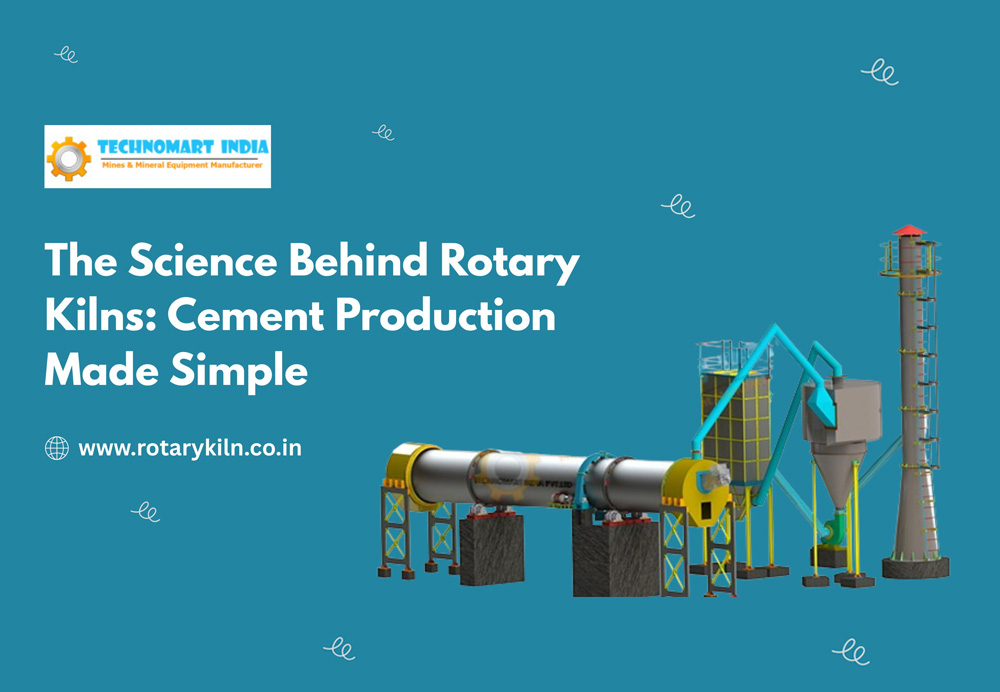Kilns consume significant energy, primarily from coal, gas, or alternative fuels. Modern kilns integrate waste heat recovery systems. This reduces fuel consumption and lowers emissions.
Emission control techniques include:
- Electrostatic precipitators
- Bag filters
- Low-NOx burners
Energy efficiency not only reduces costs but also supports sustainable cement production.
Conclution
By understanding the science behind rotary kilns, manufacturers can improve efficiency, reduce fuel use, and maintain consistent product quality.
Ongoing advancements in automation, heat recovery, and emission control continue to make rotary kilns more sustainable and reliable.
At Technomart India, we apply this scientific understanding to design and manufacture rotary kilns that deliver maximum efficiency, durability, and performance.
With years of expertise and a commitment to innovation, Technomart India continues to support the cement industry with reliable and sustainable rotary kiln solutions — making cement Manufacturing simpler, smarter, and more efficient for industries worldwide.


